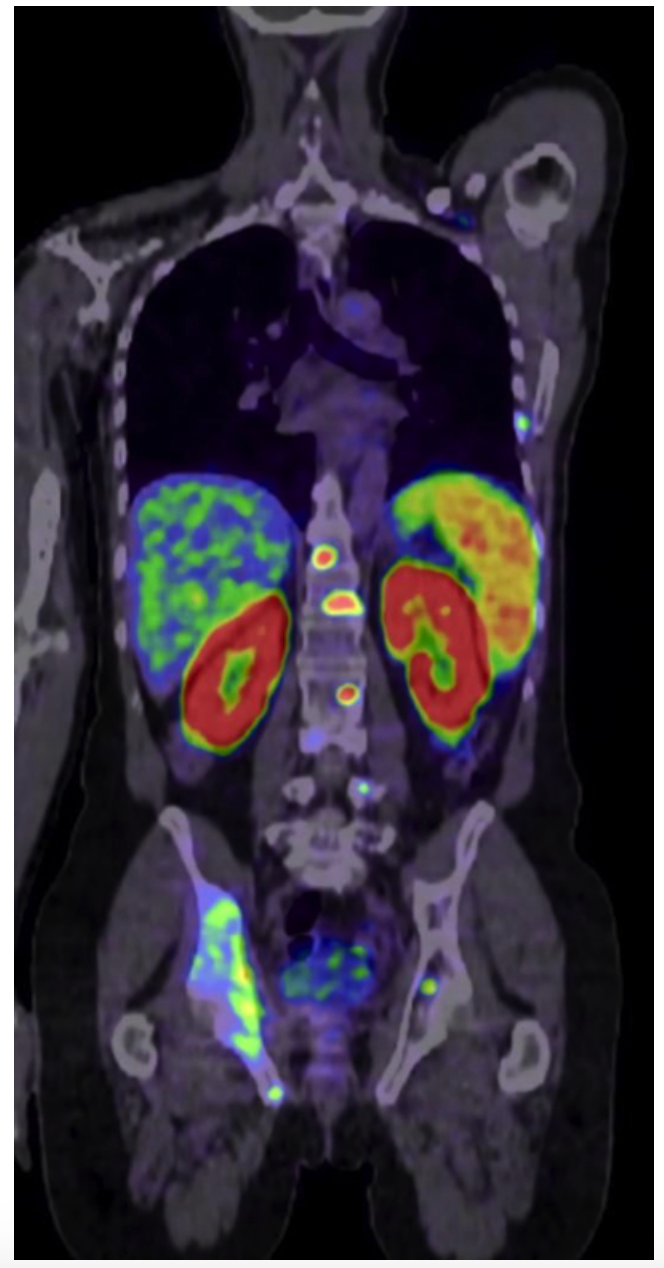Guide for Establishing Theranostics Centers is Published
 A new guide for the creation of dedicated theranostics centers, “Joint EANM, SNMMI and IAEA Enabling Guide: How to Set Up a Theranostics Center,” was published in The Journal of Nuclear Medicine. The guide, developed by the Society of Nuclear Medicine and Molecular Imaging (SNMMI), European Association of Nuclear Medicine (EANM), and the International Atomic Energy Agency (IAEA), provides a framework that highlights best practices that can be applied globally, including safety protocols and operational procedures.
A new guide for the creation of dedicated theranostics centers, “Joint EANM, SNMMI and IAEA Enabling Guide: How to Set Up a Theranostics Center,” was published in The Journal of Nuclear Medicine. The guide, developed by the Society of Nuclear Medicine and Molecular Imaging (SNMMI), European Association of Nuclear Medicine (EANM), and the International Atomic Energy Agency (IAEA), provides a framework that highlights best practices that can be applied globally, including safety protocols and operational procedures.
“This guide is the first comprehensive framework for establishing theranostic centers of excellence throughout the United States and worldwide,” said Ken Herrmann, MD, lead author of the guide and chair of the Department of Nuclear Medicine at the University of Duisburg-Essen in Essen, Germany. “Patients’ needs for high quality and competent theranostic services are at the center of this guide.”
With the approval of 177Lu-DOTATATE for neuroendocrine tumors and 177Lu- PSMA-617 for metastatic castration resistant prostate cancer, the interest in targeted radionuclide therapies has increased tremendously recently. The projected surge in demand for theranostics infrastructure and appropriately skilled professional staff will pose both a challenge and an opportunity for healthcare systems.
To prepare for the demand from cancer patients, referring physicians and society, the joint guide was developed for stakeholders interested in setting up dedicated theranostic centers. The guide covers regulatory, logistical, and technical considerations in regard to radiation protection, storage, administration, and other topics. Medical considerations, such as training, collaboration with clinical partners, treatment indications, and important lessons learned from early adopters of theranostics, are also included. Additionally, the guide provides advice for troubleshooting during the creation of a theranostic service.
“The era of theranostics offers a great opportunity to improve patient care, and it’s clear that theranostics will become a mainstay of personalized cancer treatment,” noted Dr Herrmann. “This guide firmly establishes nuclear medicine as the initiator, innovator, and driver, of theranostics.”